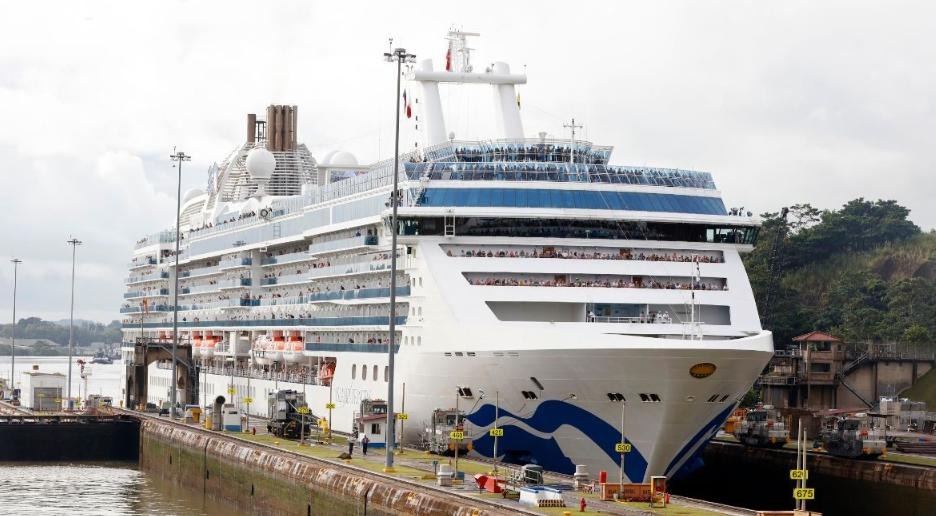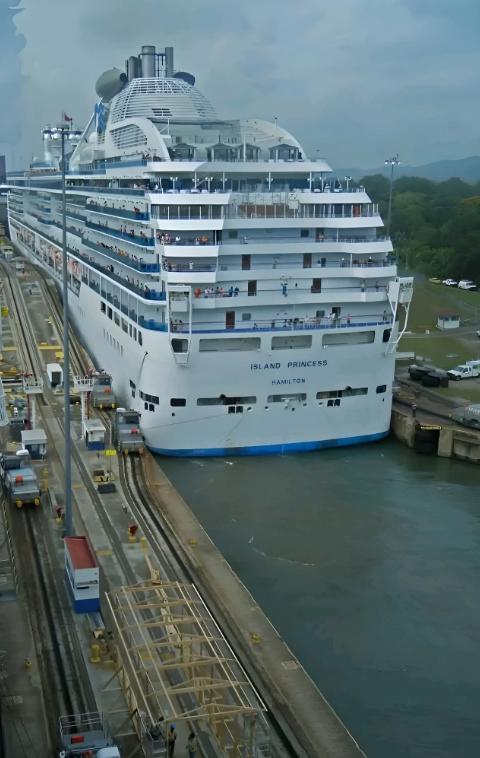The Panama Canal is one of the greatest engineering marvels in the world, a 82 km waterway linking the Pacific Ocean and the Atlantic Ocean. However, what makes it even more impressive is the precision with which massive ships like the MS Island Princess pass through its narrow locks, with only 60 centimeters of clearance on each side.
The Panamax Design Challenge
The Island Princess is a Panamax-class cruise liner, built to meet the strict size limits of the original canal locks: 294 meters in length and 32 meters in width. Despite its precision design, the skill of the Panama Canal pilots and the ship’s crew is vital to ensure the safe passage of the ship through the tight spaces, as the margin for error is incredibly small.
How the Locks Work
Once the Island Princess enters the lock chamber, powerful electric locomotives, known as “mules,” are employed to keep the vessel perfectly centered. Steel gates close behind the ship, and fresh water from Gatun Lake fills the chambers, raising or lowering the ship 8–10 meters at a time. The entire process relies on gravity, not pumps, making it both eco-friendly and efficient.
A Scenic and Historic Journey
The route through the Panama Canal takes ships through the legendary Culebra Cut, a section carved through the continental divide, and across Gatun Lake, one of the largest artificial lakes in the world. The entire passage takes 8–10 hours, offering travelers breathtaking views of tropical landscapes and a showcase of remarkable engineering.

A Century-Old Engineering Miracle
Since its opening in 1914, the Panama Canal has handled thousands of vessels annually, remaining a crucial passageway for global trade, even in the era of larger super-sized ships. Watching a massive cruise liner like the Island Princess glide through its narrow gates is a stunning reminder of human ingenuity and precision engineering that has stood the test of time.
Read More:

